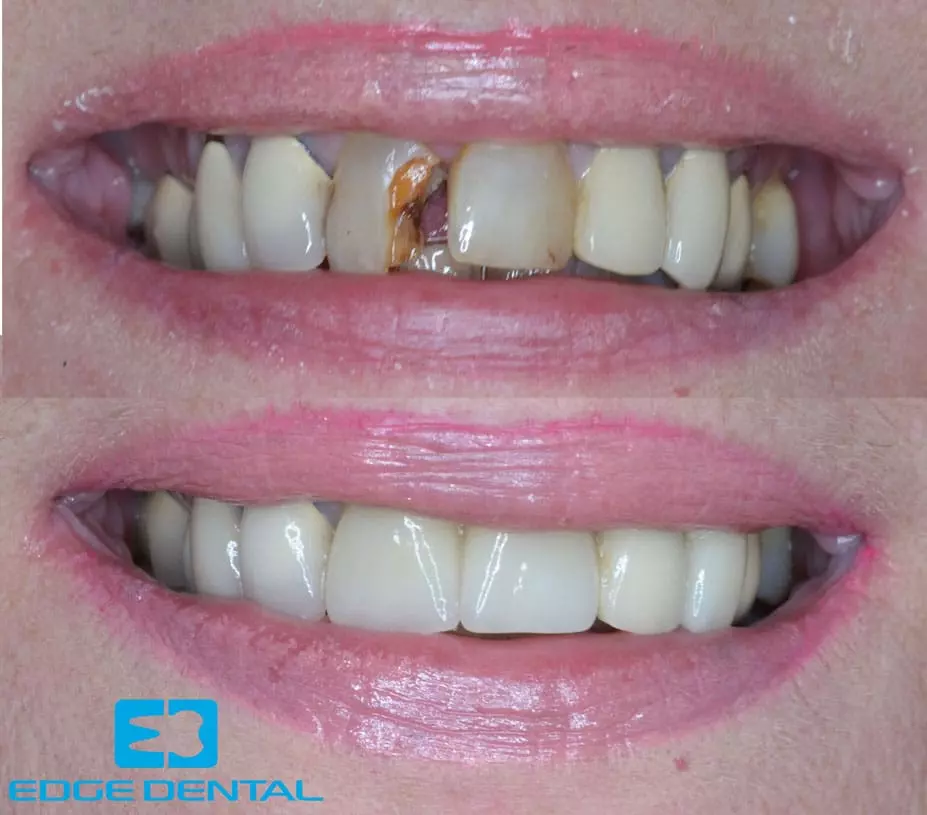Why Choose A Dental Crown To Correct Your Smile?
Why Choose A Dental Crown To Correct Your Smile?
Blog Article
Suppose you want to improve your smile and are worried about how you can do it, as there are many options available at present. So, if that is the case, you must be familiar with dental crowns. A dental crown is the best way to recover your smile in a very cost-effective way. Now that you are interested and want to know more about them, continue reading the article.
What exactly is a dental crown?
A dental crown is a cap shaped like a tooth that strengthens a weakened, cracked, decayed, or worn-out tooth. Moreover, dental specialists place crowns on root canal-treated teeth and dental implants. Crowns can be crafted from a variety of materials, such as metal, resin, and porcelain, and with proper care, they have a lifespan ranging from five to 15 years. A crown fits tightly over your entire tooth.

What kinds of dental crowns exist?
Below are a few examples of dental crown variations:
Crowns consisting of porcelain bonded to a metal base
Porcelain fused with metal (PFM) creates crowns by blending the durability of metal with the lifelike look of porcelain. An emergency dentist near me has the ability to personalize these crowns to align with the shade of your teeth.
PFM crowns are powerful, yet they also come with noticeable drawbacks. For example, the porcelain coating can chip away over time, exposing the metal underneath. Moreover, PFM crowns can gradually erode the enamel on the teeth that touch the crown when your mouth is closed.
PFM crowns and metal crowns have comparable durability.
Metal crowns.
Dental crowns are created by dental technicians using different metals like gold, palladium, nickel, and chromium. Metal crowns have the longest lifespan and necessitate the least enamel removal in terms of wear. They rarely chip or break and can withstand chewing and biting pressures. The primary drawback of this type of crown is its glossy hue. Metal crowns are a great choice for back teeth that are not visible.

Pressing ceramic crowns into place:
Pressed ceramic crowns contain a strong internal core. Like a PFM but featuring a ceramic body rather than metal. A technician uses an oven at an extremely high temperature to melt and shape ceramic into the inner core. Next, additional layers of porcelain are applied. Pressed ceramic crowns mimic the transparency of natural tooth enamel, similar to how all-porcelain crowns do. The drawbacks of PFM crowns also pertain to pressed ceramic crowns. Over time, ceramic coatings are likely to develop chips. Dentists use pressed ceramic crowns on both the front and back teeth.
Process of a Dental Crown
It is necessary to know the process of making a dental crown so that you can get the maximum benefit from it. So, the dental crown process starts with the initial consultation session. Then they will find the right solution to your problem. Then they will go further for tooth preparation. This will also remove any decayed or damaged portions, followed by the shaping of the tooth to ensure a proper fit. Following it, they will call you for the checkup on a regular basis, and you can also be clear about bridges near me.
In Conclusion
Dental Crown is the best way to recover your smile without putting on braces. By adjusting the dental crown, you can gain confidence and make your personality more charming. Receiving a crown will enhance both the appearance and functionality of your smile. The dentist open near me can assist you in determining if dental crowns are a suitable choice for your needs. Your first step should be to visit your dentist today, and you can also be clear about the dental bridge.
Report this page